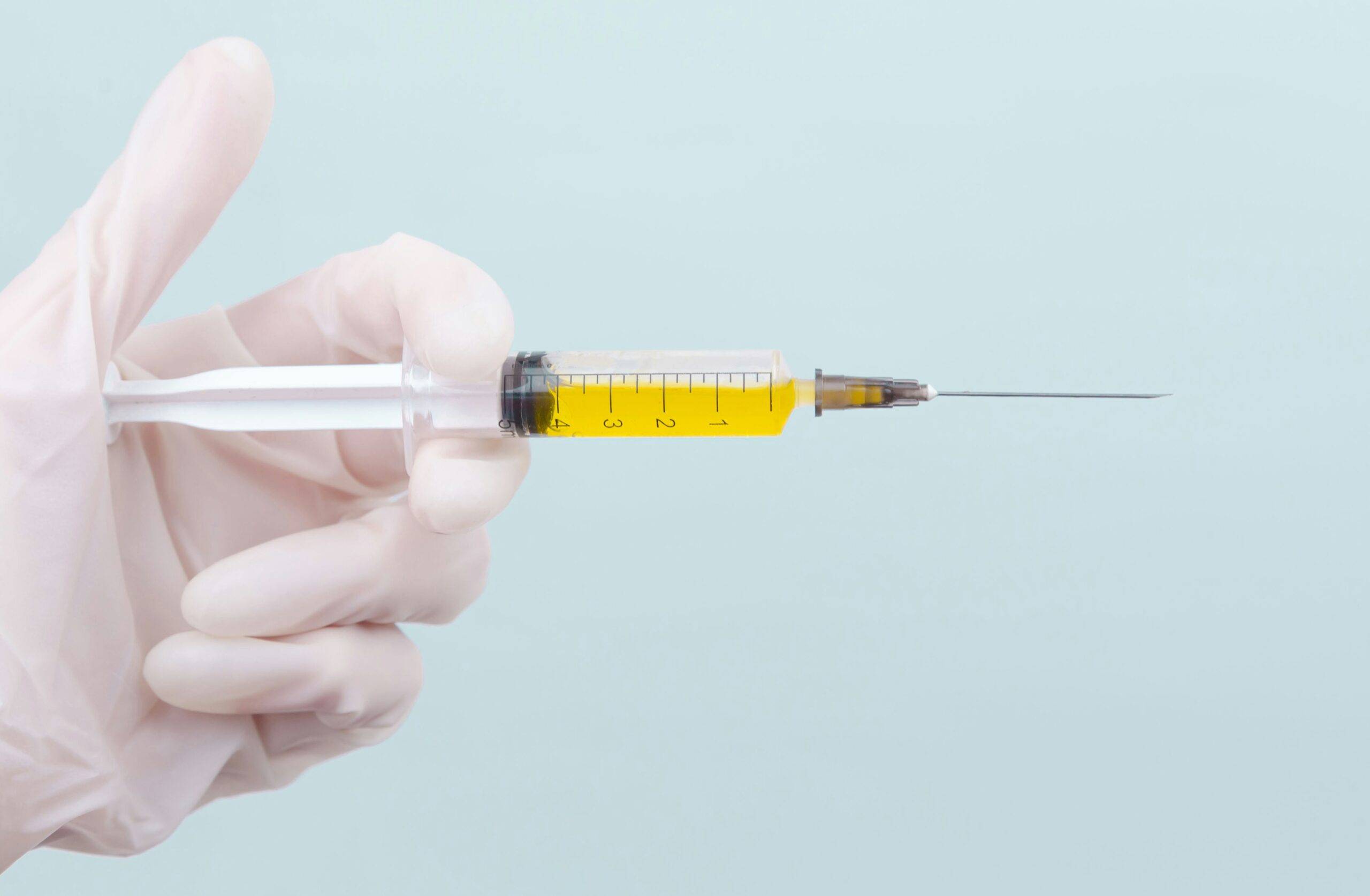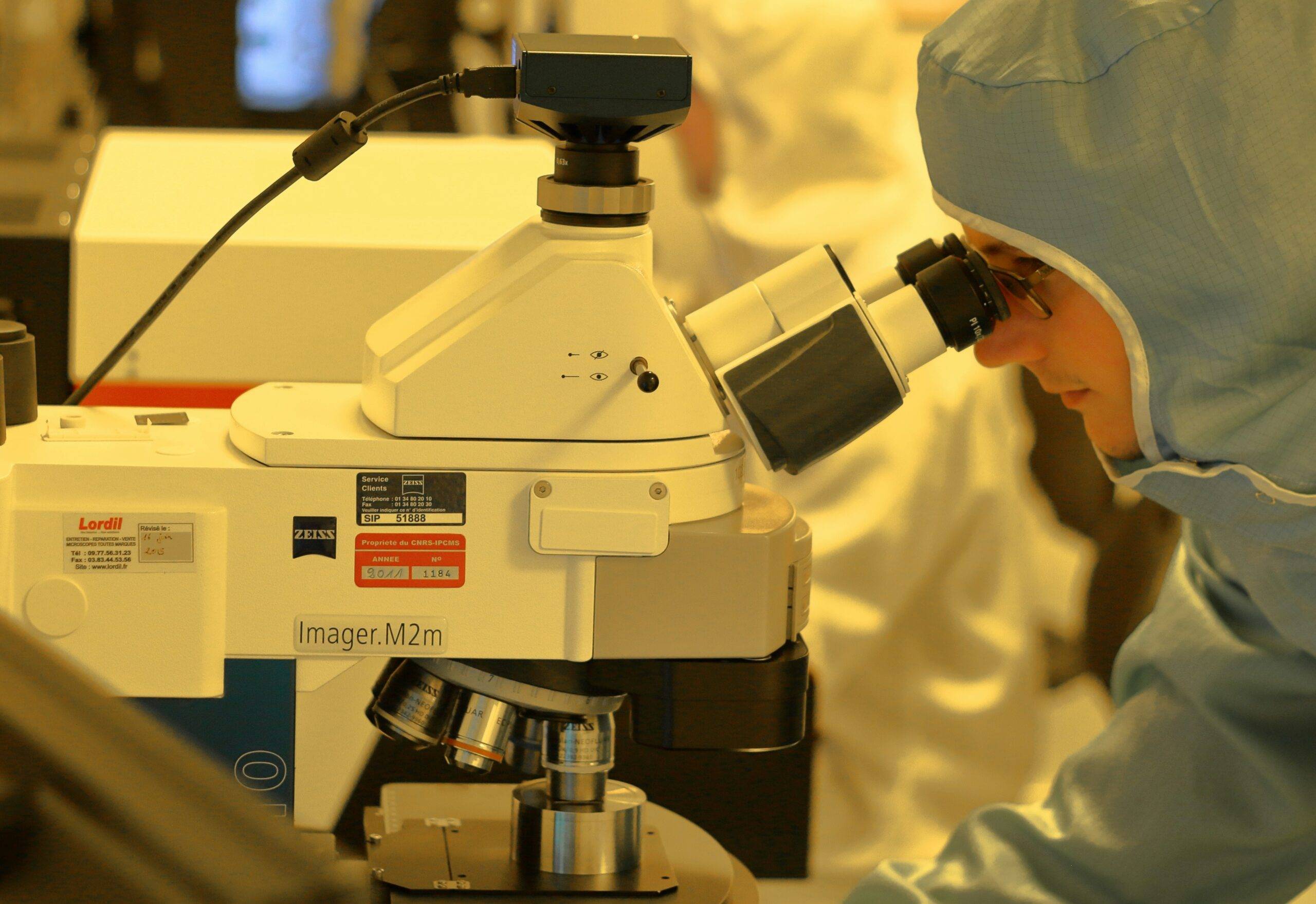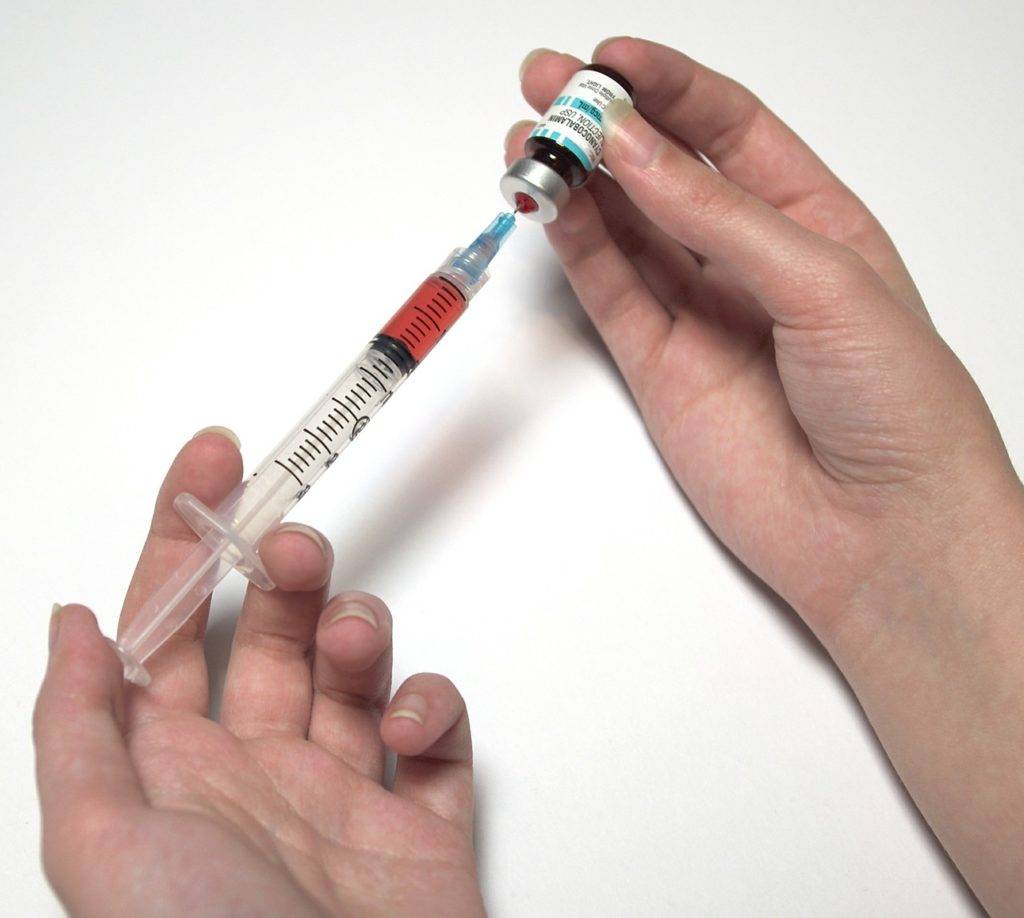Why Understanding Vaccine Ingredients Matters for Your Family’s Health
Vaccines are one of the best ways to keep your family safe from serious illnesses. One important vaccine is Tdap, which helps protect against tetanus, diphtheria, and pertussis (whooping cough). These are diseases that can cause big problems, especially for babies, young kids, and older adults.

But as a parent or caregiver, it’s normal to want to know: What exactly is in this vaccine? Understanding what goes into the Tdap vaccine—and how each ingredient works—can make you feel more confident when it’s time to vaccinate. That’s what this guide is for.
We’ll take a closer look at the Tdap vaccine ingredients, why they’re there, and how they work together to safely build strong protection in your child’s immune system. Let’s break it down in a simple, clear way—so you can feel empowered to make the best choices for your family’s health.
The Active Components: Toxoids and Antigens
No Live Bacteria or Viruses—Just Smart Science
One of the biggest questions parents ask is, “Can this vaccine give my child the disease? ” The good news is—no, it can’t.

The Tdap vaccine contains inactivated ingredients. That means it doesn’t have any live bacteria or viruses. The parts inside the vaccine are modified to safely teach the body how to protect itself, without making you sick.
It’s like a fire drill for the immune system—your body practices fighting off the germs without ever facing the real danger.
What Is a Toxoid?
A toxoid is a special kind of ingredient made from a bacterial toxin (a harmful substance) that’s been made safe. Even though it’s no longer dangerous, your immune system can still learn to recognize and fight it.
Tetanus Toxoid: Training for a Tough Germ
Tetanus is caused by a bacteria that lives in soil and dust. It can get into the body through cuts and cause serious muscle problems. The tetanus toxoid in the Tdap vaccine is a safe, inactivated form of the real toxin. It helps the immune system recognize the threat and fight back if it ever encounters.
Diphtheria Toxoid: Building Defense Against a Deadly Illness
Diphtheria is a serious throat infection that can block breathing and cause heart failure. Just like the tetanus part, the diphtheria toxoid is a safe version of the diphtheria toxin. It teaches the immune system how to protect your body without causing the disease.
Acellular Pertussis Antigens: Cleaner, Safer Protection Against Whooping Cough
Pertussis, also called whooping cough, is a highly contagious cough that’s especially dangerous for babies. Older vaccines used the whole pertussis bacteria, which sometimes caused more side effects.
The Tdap vaccine uses a newer, safer approach—it only includes small, purified parts of the bacteria called antigens. These acellular antigens are enough to build strong protection but gentle enough to avoid unwanted side effects. Here are the key ingredients:
- Pertussis Toxin (PT): A protein that helps the pertussis bacteria cause illness. In the vaccine, it’s detoxified but still effective at training your immunity.
- Filamentous Hemagglutinin (FHA): Helps the bacteria stick to your lungs and throat. Your immune system learns to block it.
- Pertactin (PRN): Another protein that helps the bacteria attach to the body. Antibodies trained by the vaccine can stop this process.
- Fimbriae Types 2 & 3 (FIM): These are tiny, hair-like structures that the bacteria use to hold on. The vaccine helps your immune system recognize and destroy them.
Together, These Antigens Build Powerful Immune Memory
When these safe, purified parts are injected into the body, the immune system responds by making antibodies and memory cells. These cells stick around and help protect your child if they ever come in contact with the real pertussis bacteria.
Other Ingredients (Excipients): What They Are and Why They’re Safe
You might be surprised to learn that vaccines contain more than just the parts that fight disease. To work properly and stay effective over time, vaccines need a few extra ingredients. These are called excipients, and they play a vital role in keeping vaccines safe, stable, and strong.
Let’s break down what these ingredients are and why they’re used in the Tdap vaccine.
Adjuvants: Helping the Body Respond Better
Adjuvants are ingredients that boost your immune system’s response to the vaccine. In the Tdap vaccine, the adjuvant is made from aluminum salts, like aluminum phosphate or aluminum hydroxide. Here’s why this matters:
- These ingredients help your body make more antibodies—the proteins that fight infection.
- They make the vaccine more effective, even when it contains just a small amount of antigen (the part that teaches your body about the disease).
Important note: Aluminum is one of the most common elements on Earth. We are exposed to it every day through food, water, and even the air. The tiny amount in vaccines has been proven to be safe.
Stabilizers: Keeping the Vaccine Fresh and Effective
Vaccines sometimes have to travel long distances or sit in storage before being used. Stabilizers keep the vaccine working the way it should—even if it’s stored for weeks or months. Here are two common stabilizers in Tdap vaccines:
- 2-Phenoxyethanol: Found in the Adacel brand of the Tdap vaccine, this helps maintain vaccine stability and safety.
- Sodium Chloride (Salt): Found in Boostrix, this helps balance the ingredients and keeps the vaccine similar to your body’s natural salt levels.
These stabilizers do not cause harm and are found in many other everyday items, including eye drops and skin creams.
Preservatives: Preventing Contamination
In multi-dose vaccine vials (where more than one dose is drawn from the same container), preservatives are added to keep bacteria or mold from growing inside the vial. Here’s what you should know:
- Most Tdap vaccines come in single-dose vials, so preservatives aren’t usually needed.
- When used, a common preservative is thimerosal, which contains a form of mercury called ethylmercury—not the same as the mercury found in fish or thermometers.
Many studies have shown that thimerosal is safe in the tiny amounts used in some vaccines. In fact, most childhood vaccines today are either thimerosal-free or contain only trace amounts.
Residuals: Tiny Traces from the Manufacturing Process
During the vaccine-making process, manufacturers use certain substances to inactivate bacteria or keep the vaccine clean. Tiny amounts of these may remain in the final product, but only in amounts that are proven to be safe. Common residuals include:
- Formaldehyde: Used to inactivate toxins in vaccines. It sounds scary, but your own body makes more formaldehyde every day than is found in a vaccine dose.
- Glutaraldehyde: Also used to inactivate certain parts of bacteria. If it remains, it’s in such small amounts that it’s harmless.
These substances are carefully tested and are found at levels far below what could ever harm a person, including infants.
So, Are These Ingredients Safe?
Yes—absolutely. Each ingredient in the Tdap vaccine, whether it’s an adjuvant, stabilizer, preservative, or residual substance, is added for a specific reason. They ensure your child’s vaccine is safe, effective, and ready to protect against real diseases.
Every ingredient has been tested again and again by scientists, doctors, and public health experts. And they continue to be monitored by organizations like the CDC and FDA to make sure they stay safe.
How These Components Work Together
The immune system recognizes the toxoids and antigens in the Tdap vaccine as foreign. This triggers an immune response, leading to the production of antibodies and memory cells. If exposed to the actual bacteria in the future, the body can quickly respond and protect against disease.
Safety and Regulation
Vaccines undergo rigorous testing and monitoring by regulatory agencies like the FDA and CDC. Before approval, vaccines are tested in laboratories and clinical trials to ensure safety and effectiveness. After approval, ongoing surveillance systems monitor for any adverse events. These systems include:
- Vaccine Adverse Event Reporting System (VAERS): Collects and analyzes reports of adverse events.
- Vaccine Safety Datalink (VSD): Monitors vaccine safety through electronic health records.
- Clinical Immunization Safety Assessment (CISA) Project: Conducts clinical research on vaccine safety.
These measures ensure that vaccines like Tdap remain safe for public use.
Feel Confident About the Tdap Vaccine
The Tdap vaccine is made with carefully selected, inactivated ingredients that are proven to safely teach your immune system how to fight off some very dangerous diseases—tetanus, diphtheria, and whooping cough (pertussis).

Each component plays a powerful role in boosting your child’s immune defense while keeping the risk of side effects extremely low. We know that choosing to vaccinate can sometimes feel overwhelming.
But understanding what’s in the Tdap vaccine—and why each ingredient is there—can help you make informed, confident choices for your family’s health.
Still have questions? That’s okay. You’re not alone. Be sure to talk to your pediatrician or a trusted healthcare provider. They can walk you through how the vaccine works and what it means for your child’s future.
For trusted, pediatrician-backed insights on children’s health and vaccines, check out these helpful posts from Omega Pediatrics:
- The Importance of Routine Vaccinations: A Pediatrician’s Perspective
- Top 7 Reasons to Schedule Pediatric Appointments for Your New Baby
Bottom line: The Tdap vaccine is safe, effective, and one of the best tools we have to protect your child—and your whole family—from serious illness.



